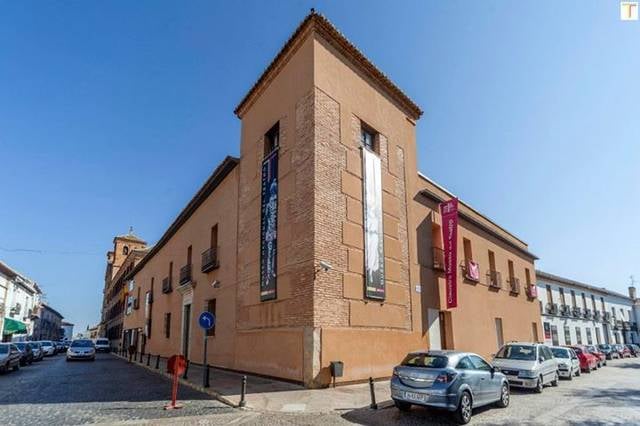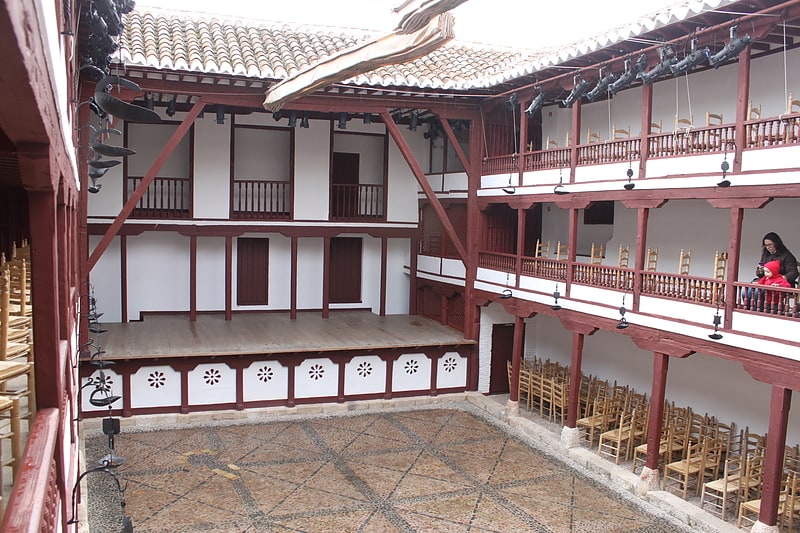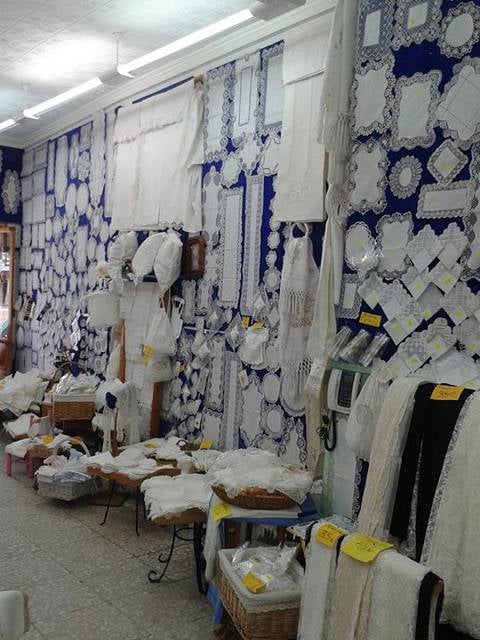Discover 4 hidden attractions, cool sights, and unusual things to do in Almagro (Spain). Don't miss out on these must-see attractions: National Museum of Theatre, Corral de Comedias, and Plaza Mayor de Almagro. Also, be sure to include Museo del Encaje in your itinerary.
Below, you can find the list of the most amazing places you should visit in Almagro (Castilla-La Mancha).
Table of Contents
National Museum of Theatre

The National Museum of Theatre in Almagro, Spain is a museum dedicated to the promotion and preservation of Spanish theatre. It owns a large collection of scenic designs and scale models, costumes and costume designs, puppets, drawings, printmakings, paintings, sculptures, photographs, music recordings, programmes and documents from diverse Spanish theatres.[1]
Address: Calle Gran Maestre 2, 13270 Almagro
Corral de Comedias

Also known as: Corral de comedias de Almagro
Performing arts theater in Almagro, Ciudad Real, Spain. Corral de comedias de Almagro is located at Plaza Mayor in Almagro, Castile-La Mancha, Spain. The building is the best preserved example of the corral de comedias of the 17th century.
Rediscovered during the renovation of the Plaza Mayor in 1953, it was inaugurated on 29 May 1954 with a play by Calderon de la Barca. The Festival Internacional de Teatro Clásico (International Classical Theatre Festival), is annually celebrated at the corral.[2]
Address: Plaza Mayor 18, 13270 Almagro
Plaza Mayor de Almagro

Restaurant in Almagro, Ciudad Real, Spain. Plaza Mayor de Almagro is a town square located in the city of Almagro, Castile-La Mancha, Spain. Amalgro is designated a conjunto histórico, and the square is of architectural interest. It is the location of the city hall and a historic theatre, the Corral de comedias de Almagro. Amalgro is a name of Arabic origin referring to the local red clay, which is one of the materials used in the plaza mayor. Probably the settlement began as a small Muslim castle, possibly on the site now occupied by the hermitage of San Juan. The fief was bestowed on Gonzalo Yáñez de Noboa, ninth Grand Master of the Order of Calatrava, after the Battle of the Navas de Tolosa, and the grant was confirmed by Ferdinand III in 1222. Amalgro became an important centre for the Order of Calatrava and the area which became known as Campo de Calatrava.
The medieval plaza mayor was redeveloped by the Fugger family, German bankers who under Charles V acquired considerable possessions in Spain and its empire. During the 16th and 17th centuries they had concessions on mines in La Mancha, including the important mercury mines of Almadén, in return for loans to the Spanish government. It was under their influence that the architecture of the square took on its present form with the distinctive galleries along two sides.[3]
Address: Plaza Mayor, 13270 Almagro
Museo del Encaje

Museum
Address: Plaza Mayor, 43, Almagro